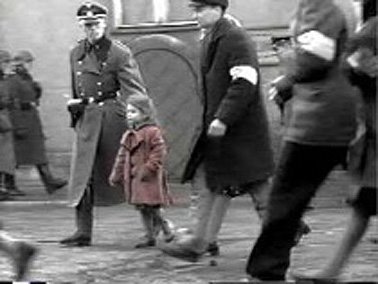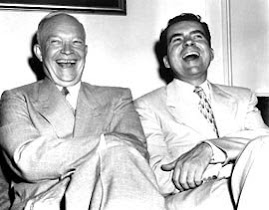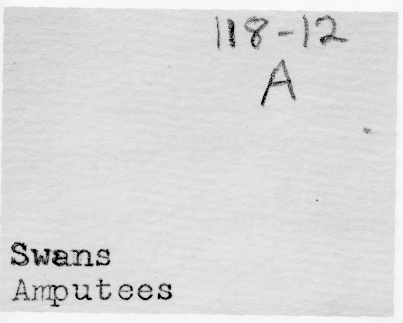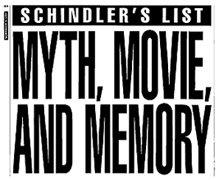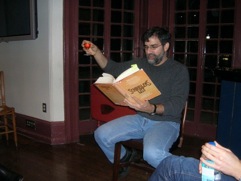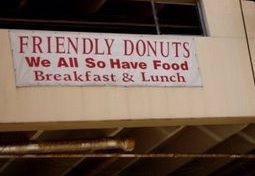 I spent three days with Susan Sontag in 2003--utterly memorable days. She had just published Regarding the Pain of Others, which I had just read. As we drove in my little old Toyota from the train station to the Writers House we talked about the book and in effect she quizzed me on what she had written. I breathlessly dove into the most nuanced distinction she makes in the last part of the book and got an "A" for my paraphrase. Susan then warmed up considerably, having decided that I could hold my own with ideas. Once we got settled and I had a chance to tell her what we were trying to do at the Writers House (create a salon for writers of all kinds, maintaining a good deal of independence while using university resources) she really started to get into it. During the three-hour session with the students (who were very nervous at first) we talked about her novels primarily, which they had read and discussed carefully in the month prior to her arrival. While she was dismissive of some students' responses and questions, there was always a baseline of gratitude that we were talking about her fiction, about which she cared a great deal, to the point of frustration sometimes with folks who kept asking her about her essays on radical styles and postmodern art theories of the 1960s. That night she read from her fiction and took questions. Then we had a home-cooked dinner, with about ten people, in the dining room of the Writers House. The next morning I walked her from her hotel back to the House and she and I talked for an hour or so, taking audience questions.
I spent three days with Susan Sontag in 2003--utterly memorable days. She had just published Regarding the Pain of Others, which I had just read. As we drove in my little old Toyota from the train station to the Writers House we talked about the book and in effect she quizzed me on what she had written. I breathlessly dove into the most nuanced distinction she makes in the last part of the book and got an "A" for my paraphrase. Susan then warmed up considerably, having decided that I could hold my own with ideas. Once we got settled and I had a chance to tell her what we were trying to do at the Writers House (create a salon for writers of all kinds, maintaining a good deal of independence while using university resources) she really started to get into it. During the three-hour session with the students (who were very nervous at first) we talked about her novels primarily, which they had read and discussed carefully in the month prior to her arrival. While she was dismissive of some students' responses and questions, there was always a baseline of gratitude that we were talking about her fiction, about which she cared a great deal, to the point of frustration sometimes with folks who kept asking her about her essays on radical styles and postmodern art theories of the 1960s. That night she read from her fiction and took questions. Then we had a home-cooked dinner, with about ten people, in the dining room of the Writers House. The next morning I walked her from her hotel back to the House and she and I talked for an hour or so, taking audience questions. The recording of that discussion is now available as a downloadable mp3. I haven't listened to it myself--ever. But I'm sure I'll hear it in the coming days.
 After the interview we had a few hours before her train back to New York. She wanted to go to the PMA to look at a huge surreal-yet-realist photograph by Jeff Wall - a staged psuedo-documentary of dead Russian soldiers scattered in a trench in Afghanastan shortly after a rocket attack had hit them. She had written about this photograph, called "Dead Troops Talk," in her new book but had either never seen it in the original or had only seen it once (I think the former). She knew this huge gruesome fantasy picture was on display at PMA and was bound to see it, but not alone. She did not like to see art alone, so in a very social, upbeat, can-do sort of way convened a bunch of us to drive over to the museum to have a look. We went in two cars. Problem, though: there was a blockbuster show and (if I'm remembering this rightly) part of the museum was closed, the part where the big photo hung. This wasn't going to stop Susan Sontag. It happened to Blake Martin, my assistant and coordinator of the Writers House Fellows program, had a friend who worked at the PMA. Blake called her and said that Susan Sontag wanted to be admitted to a closed section of the building. Somehow special entry was all arranged. Susan Sontag is coming! Susan Sontag is coming! A museum comes to attention. So, after some VIP handling, the skirting of long lines awaiting the blockbuster (was it Degas?), there we were, maybe 8 or 10 of us, standing in a huge otherwise empty half-lit gallery--we and several curators who had come out of the woodwork--looking at this devastatingly fine photograph about pain, watching Sontag watch it, hearing her talk about representations of suffering, about war, about the cold war and art, and we stood there for what seems to me, as I remember it, a long long time. Mostly standing in silence. Learning again to look at art with an intensity modeled by one of the most intense people of the late twentieth century.
After the interview we had a few hours before her train back to New York. She wanted to go to the PMA to look at a huge surreal-yet-realist photograph by Jeff Wall - a staged psuedo-documentary of dead Russian soldiers scattered in a trench in Afghanastan shortly after a rocket attack had hit them. She had written about this photograph, called "Dead Troops Talk," in her new book but had either never seen it in the original or had only seen it once (I think the former). She knew this huge gruesome fantasy picture was on display at PMA and was bound to see it, but not alone. She did not like to see art alone, so in a very social, upbeat, can-do sort of way convened a bunch of us to drive over to the museum to have a look. We went in two cars. Problem, though: there was a blockbuster show and (if I'm remembering this rightly) part of the museum was closed, the part where the big photo hung. This wasn't going to stop Susan Sontag. It happened to Blake Martin, my assistant and coordinator of the Writers House Fellows program, had a friend who worked at the PMA. Blake called her and said that Susan Sontag wanted to be admitted to a closed section of the building. Somehow special entry was all arranged. Susan Sontag is coming! Susan Sontag is coming! A museum comes to attention. So, after some VIP handling, the skirting of long lines awaiting the blockbuster (was it Degas?), there we were, maybe 8 or 10 of us, standing in a huge otherwise empty half-lit gallery--we and several curators who had come out of the woodwork--looking at this devastatingly fine photograph about pain, watching Sontag watch it, hearing her talk about representations of suffering, about war, about the cold war and art, and we stood there for what seems to me, as I remember it, a long long time. Mostly standing in silence. Learning again to look at art with an intensity modeled by one of the most intense people of the late twentieth century.






 "I teach horizontally, meaning that while I might begin with a fixed idea of what I'm going to teach that day, I let it drift rhizomatically way off topic, often pulling it back when it gets too far. I rely on non-fixed materials to teach this way; the whole world is at my fingertips. Should I go off on a tangent about John and Rauschenberg and their love relationship as expressed in Rauschenberg's bed, an image of that bed is always a click away. From there, we can head anywhere into the non-fixed universe, be it film, text or sound. And of course, that always takes us elsewhere. As Cage says, 'We are getting nowhere fast.'"
"I teach horizontally, meaning that while I might begin with a fixed idea of what I'm going to teach that day, I let it drift rhizomatically way off topic, often pulling it back when it gets too far. I rely on non-fixed materials to teach this way; the whole world is at my fingertips. Should I go off on a tangent about John and Rauschenberg and their love relationship as expressed in Rauschenberg's bed, an image of that bed is always a click away. From there, we can head anywhere into the non-fixed universe, be it film, text or sound. And of course, that always takes us elsewhere. As Cage says, 'We are getting nowhere fast.'" 

 that anyone has yet got the imaginative measure of that terrifying day six years ago. Certainly our Tolstoy has not crawled out of the rubble. The closest we have, Don DeLillo, succeeded as an essayist-journalist ("In the Ruins of the Future: Reflections on Terror and Loss in the Shadow of September,” Harper’s, December 2001) but, to my mind, failed as a novelist ("Falling Man"). One reason, perhaps, is that the remembered emotion was instantly buried under a pile of cultural junk.' - Tod Gitlin in his review of Susan Faludi's The Terror Dream (written for
that anyone has yet got the imaginative measure of that terrifying day six years ago. Certainly our Tolstoy has not crawled out of the rubble. The closest we have, Don DeLillo, succeeded as an essayist-journalist ("In the Ruins of the Future: Reflections on Terror and Loss in the Shadow of September,” Harper’s, December 2001) but, to my mind, failed as a novelist ("Falling Man"). One reason, perhaps, is that the remembered emotion was instantly buried under a pile of cultural junk.' - Tod Gitlin in his review of Susan Faludi's The Terror Dream (written for 


